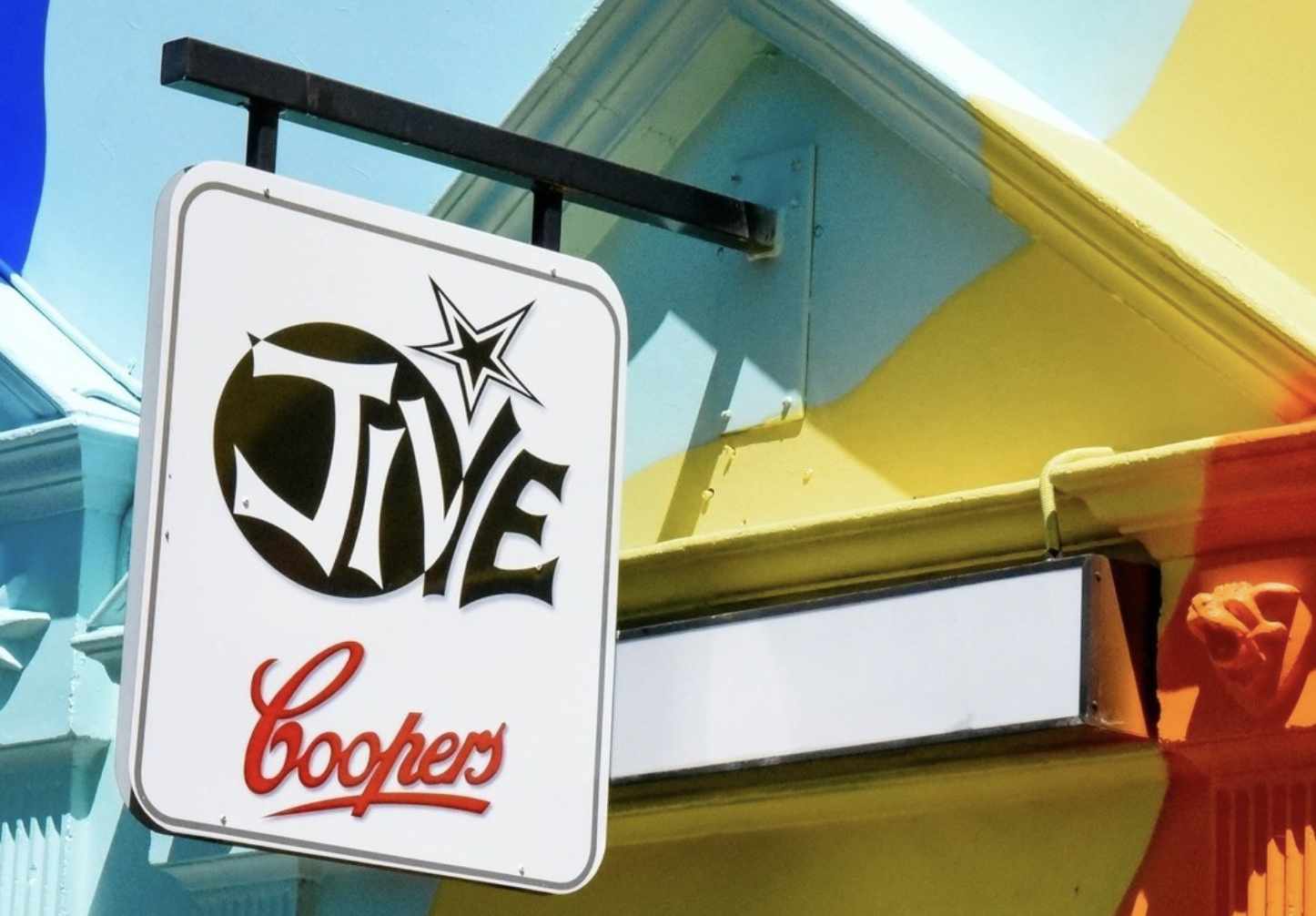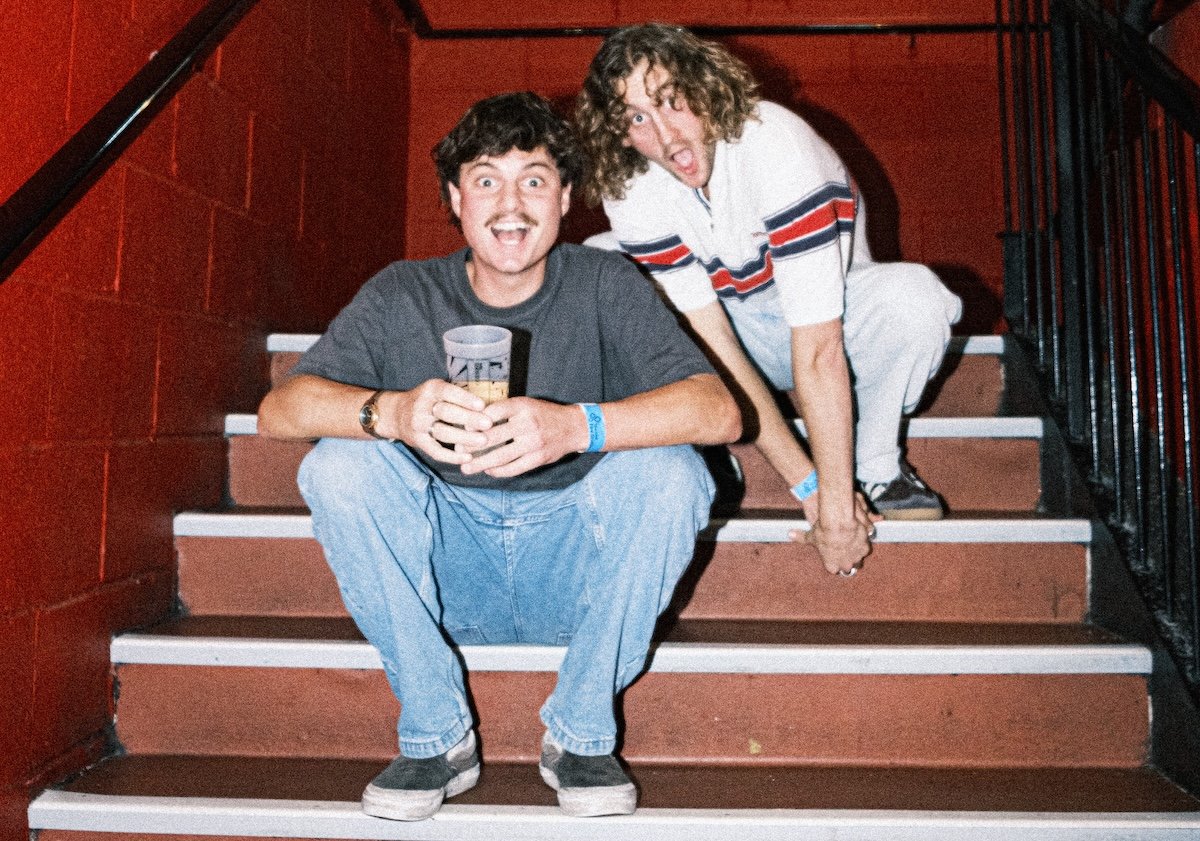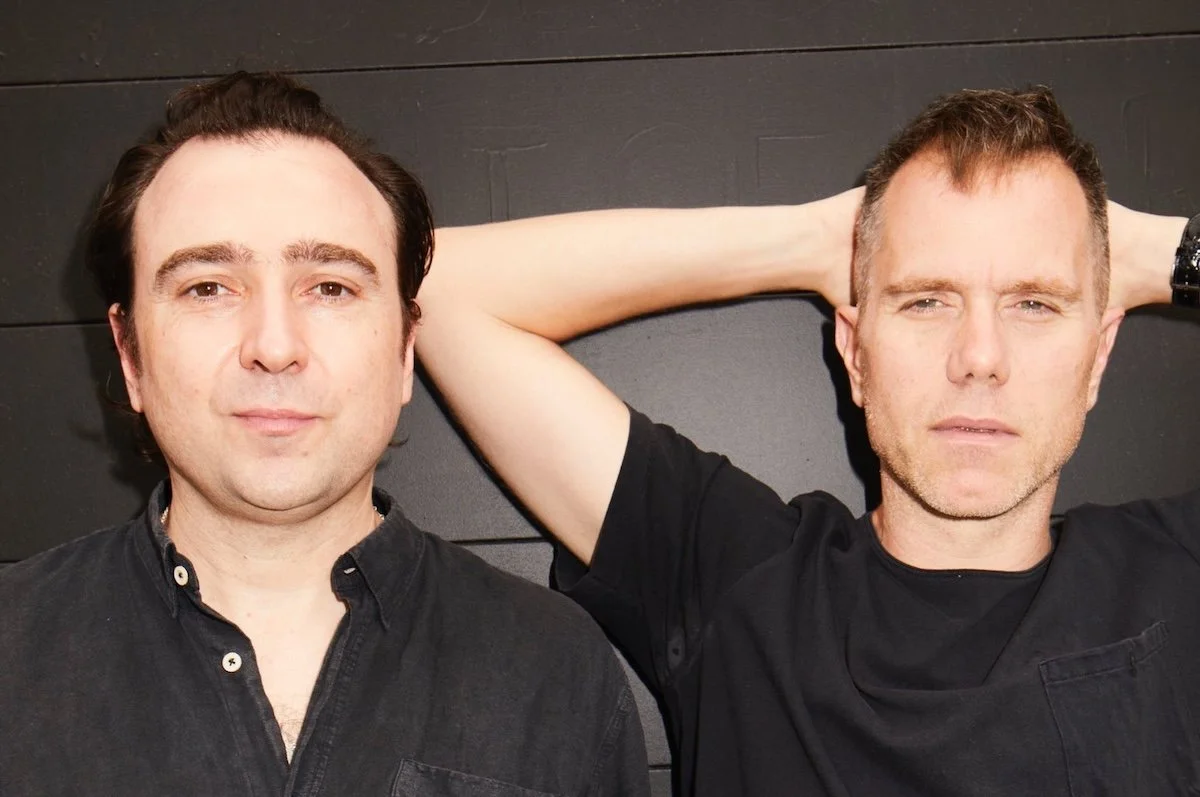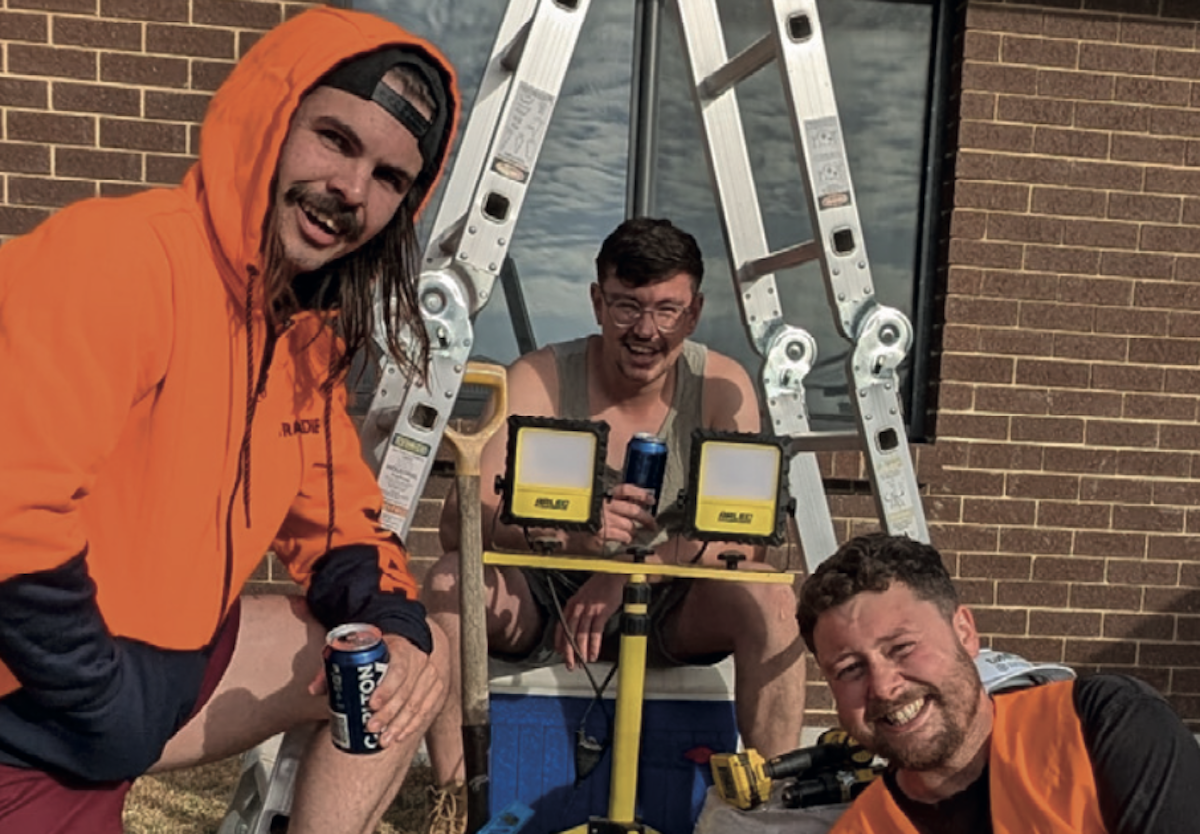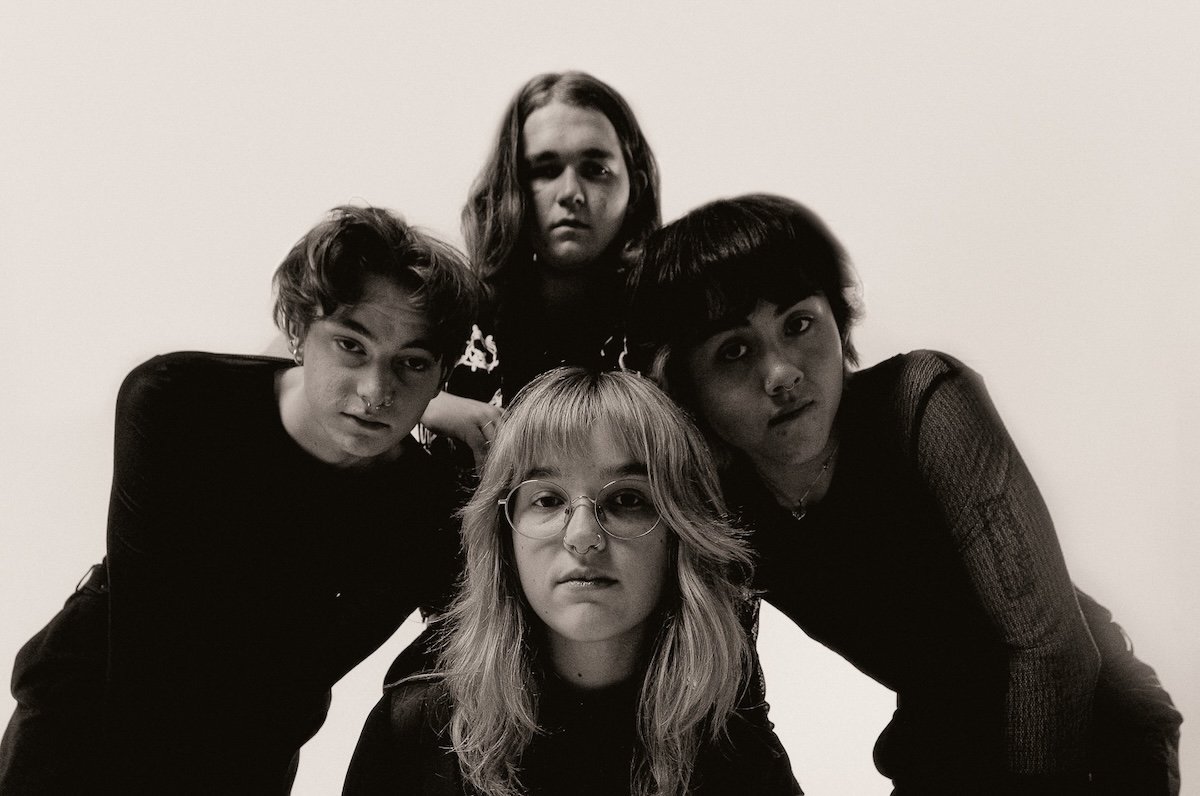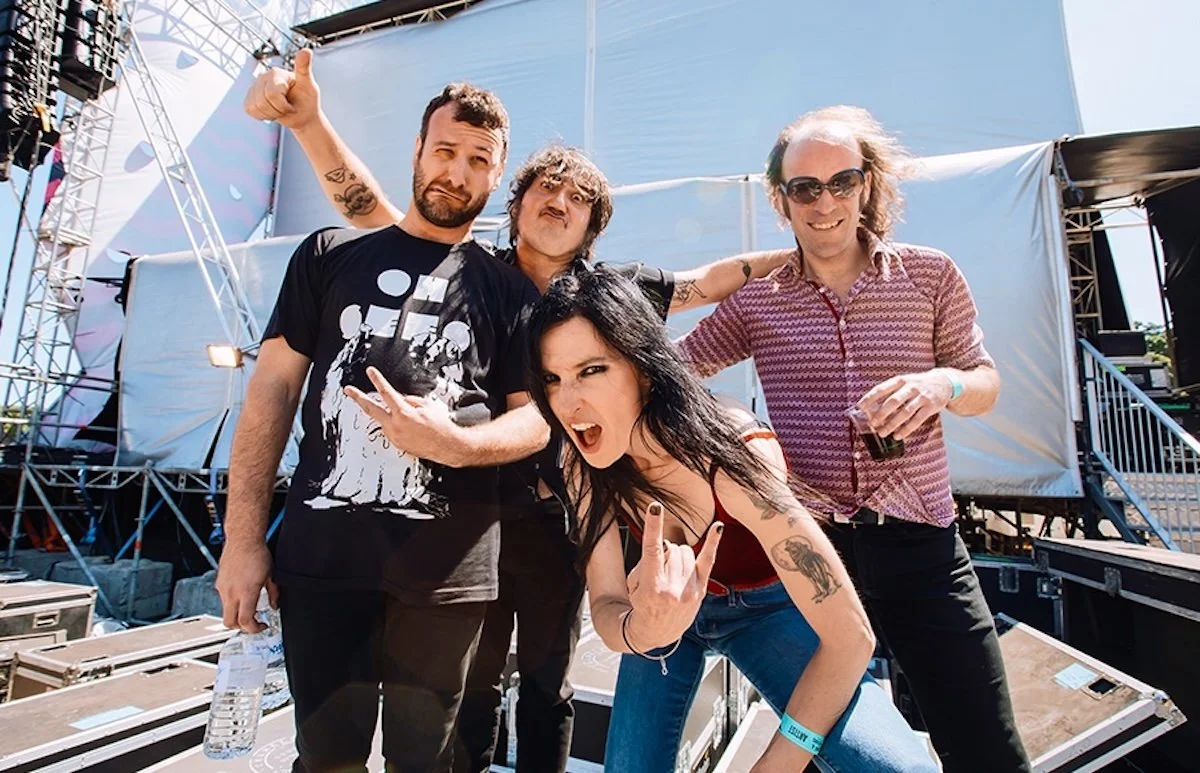Stayin’ Alive: Jive’s Tam Boakes Reveals All About the Australian Music Venue Foundation
Original music starts and ends at Australia’s grassroots music venues. And now, there’s a new national initiative fighting to keep them alive: the Australian Music Venue Foundation.
Words Zara Richards
Image supplied
For Tam Boakes, the owner-operator of Jive for 22 years, seeing Radiohead at Glenelg venue Lennie’s in 1994 was a moment that sparked her love of live music. There were only 28 people in the crowd. “That formed me,” she says. “Seeing a band like that of that calibre. It was like, this is what I’m going to do every night.
“I thought they were pretty good then, but look at how big those bands get. You never know when you’re going to discover the next big thing. And you’re definitely only going to do that at grassroots venues.”
For half a decade, Tam’s been raising the alarm about losing grassroots music venues in Australia – places where original live music is born. She is one of the seven members of the Independent Live Venues Alliance (ILVA), formed in SA in 2023, and, most recently, helped spearhead the Australian Music Venue Foundation (AMVF).
Launched on March 13, 2025, AMVF consists of four passionate founding members – Harley Evans (Moshtix/Australian Festival Association), Howard Adams (Australian Live Music Business Council), Mardi Caught (The Annex) and Tam – with wider board announcements still to come. The initiative is dedicated to representing the interests of grassroots venues on a national scale and is inspired by the groundbreaking work the UK's Music Venue Trust (MVT) has done since 2014. MVT's founder, Mark Dayvd, is even a key advisor to the organisation. Overall, AMVF intends to raise funds, implement strategy and alert all aspects of the sector, including government, to why grassroots music venues need to be protected and their essential role in the ecosystem.
“We’re seeing grassroots venues close at an alarming rate,” continues Tam. “It’s beyond dire now. If we don’t step in and do something, there won’t be anything to protect going forward.”
In 2023, APRA AMCOS found that 1300 venues hosting live music had shut up shop since the pandemic. This evidence formed part of the latest government inquiry into the intersection of issues impacting the live music sector: artists, grassroots venues, education and ticketing. The final report, Am I Ever Going To See You Live Again?, was handed down on March 7 this year, mere days before the launch of AMVF.
Amongst its findings, the report acknowledged the vital role grassroots venues play in nurturing Australia’s live music scene and how they provide a space for the next generation of talent – from musicians to promoters and technicians – to cut their teeth. However, it also outlined the challenges they face operating in today’s economic climate, leaning on industry insiders, such as Tam, to expose struggles and highlight potential solutions. Issues disclosed include what the Media, Entertainment and Arts Alliance described as the ‘Amazonification’ of live music, citing how organisations such as Live Nation not only control ticketing and festivals, but increasingly, venues. Sydney’s Phoenix Central Park also stated that the average ticket price has risen by $38 between 2004 and 2019, largely because costs associated with gigs and tours have jumped by 30 to 50 per cent.
“We need to look at other ways to create revenue for venues that don’t milk the punter,” explains Tam, who also says a shift in punter behaviour (think decreased attendance and alcohol consumption) further impacts venues’ bottom line. “No one wants to put prices up anymore. [But] venues are at a standstill. That’s the whole point of AMVF – it’s a long-term strategy to plan other ways to sustain venues.”
READ MORE: Josh Pyke Tells Us How To Get Seen and Heard in the Music Industry
L to R: Tam Boakes (Jive Bar Owner/Operator & ILVA), Harley Evans (Moshtix & AFA), Howard Adams (Australian Live Music Business Council) and Mardi Caught (The Annex) Image supplied
A potential answer to this is an Arena Ticket Levy – a concept where a small percentage of funds, roughly $1 from every ticket sold at a major show (think Drake, Taylor Swift or Billie Eilish) is redirected to a collective pool of funds that can assist grassroots venues with their operation. Advocating for an independent, venue-led ticket levy will be central to AMVF. The findings of the government inquiry also support the initiative and similar concepts have seen great results in the UK and France.
Reflecting on the levy’s potential effects, Tam says it acknowledges that big arena tours are only possible because of the artist’s green start: “Those types of events can only happen with development from grassroots levels, including artists, venues and techs.
“You hear a lot about the Taylor Swift effect, where all these young girls went out and bought guitars [because of her tour]. That’s amazing. But where will they get their first gig if there are no small venues? When you talk about an ecosystem, that’s it right there.”
Tam says the effect of an Arena Ticket Levy in Australia would be “immediate”. However, AMVF is also concerned with developing lasting strategies that challenge systemic issues skewering grassroots venues, such as skyrocketing insurance premiums. “[Insurance] is the nail in the coffin for venues right now,” she says. “Everyone’s struggling, everyone’s working hard. And then you get a bill for $50,000 extra. No one has it. No one has a spare $5000 in the bank if you’re a small venue. And this is an industry that doesn’t have a lot of claims. It’s terrifying.”
It’s possible government mandates could help alleviate this stress. Tam refers to the SGIC, which was introduced by Premier Don Dunstan in 1972 to keep premiums for small businesses at achievable levels. “It was realistic insurance,” she says. Further, Am I Ever Going To See You Live Again? tabled a similar recommendation in its report: “The Committee recommends the Australian Government partner with relevant stakeholders to undertake research into the viability of self-insurance or mutual insurance model for the music industry.”
There’s lots to do, but AMVF hopes that the industry’s optimism and resilience will inspire change that will protect grassroots venues. “I want to see it go back to 1980,” Tam quips when reflecting on what’s to come. “Where people would go out to gigs every night of the week. I want to see people fall in love with the original, smaller gigs again. You can still go to the big tours – they’re great. But you know, remember that those big gigs only happened because little gigs happened first.”
Find out more about the Australian Music Venue Foundation here.

